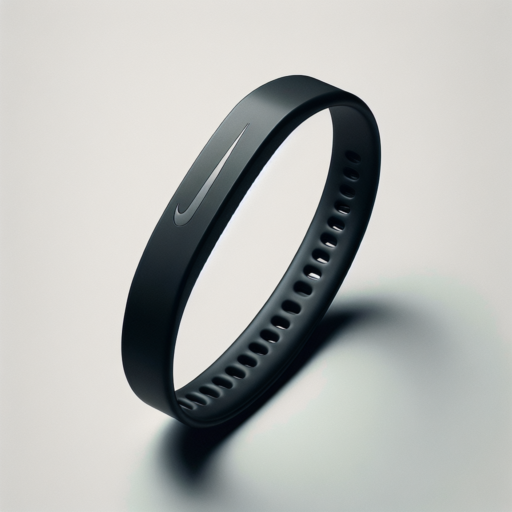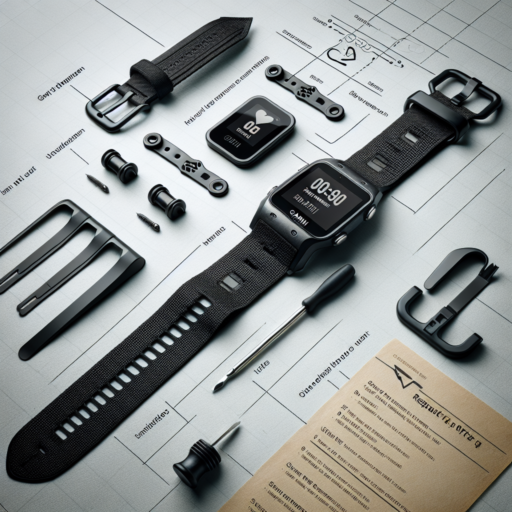What causes a watch to run very fast?
Several factors can lead a watch to run faster than intended, significantly impacting its timekeeping accuracy. This issue can arise in both mechanical and quartz watches, though the causes may vary based on the type of movement. Understanding these factors is crucial for diagnosing and fixing the speed discrepancy.
Magnetic Fields
One common culprit behind a watch’s accelerated timekeeping is exposure to magnetic fields. Magnetic fields can affect the metal components inside the watch, particularly in mechanical watches, causing them to stick together or move irregularly. This can lead to the gears moving faster than designed, making the watch run ahead of time. It’s advisable to keep watches away from magnetic sources like smartphones, tablets, and certain types of electronic equipment.
Worn or Damaged Parts
Another reason a watch might start ticking too quickly is due to worn out or damaged parts within the movement. Over time, the internal mechanism of a watch can suffer from wear and tear, potentially leading to certain gears spinning more freely and thus, speeding up the watch’s timekeeping. Regular maintenance and servicing are recommended to identify and replace any worn components.
Improper Regulation
A watch’s movement is finely tuned to ensure accurate timekeeping. However, if a watch has been improperly regulated or adjusted, it can begin to run too fast. This is often the case after a repair or service where the balance wheel or other regulatory components were not set correctly. Professional adjustment can resolve this issue, restoring the watch’s proper pace.
How do you slow down a watch movement?
Slowing down a watch movement is crucial for watch enthusiasts aiming to achieve precise timekeeping. Whether dealing with a mechanical or quartz watch, marginal adjustments can significantly impact its accuracy. Understanding the intricacies of your watch type is the first step toward optimal regulation.
Mechanical Watches: The Balancing Act
For mechanical watches, the process entails delicately adjusting the balance wheel or changing the length of the hairspring. This is often done through a tiny screw on the movement, which can either speed up or slow down the watch. A clockwise turn typically shortens the spring, speeding up the movement, while a counterclockwise turn will do the opposite. It’s a precise task that requires a steady hand and a magnifying tool.
Quartz Watches: Tweaking the Circuitry
In the realm of quartz watches, adjustment involves a different approach. These watches depend on an electronic oscillator regulated by a quartz crystal. To slow down a quartz watch, you’ll usually adjust a trimmer capacitor on the watch’s circuit board. This fine-tuning modifies the oscillator’s frequency, thus altering the clock rate. It’s a subtle yet effective way to ensure your watch keeps time accurately. Such adjustments should be approached with caution and ideally performed by a professional.
Regardless of the type of watch, the key to slowing down its movement lies in detailed adjustments and an understanding of its mechanism. Whether by regulating a balance wheel in a mechanical watch or adjusting the circuitry in a quartz model, precision is paramount. These adjustments, while minute, hold the power to transform your watch’s performance for the better.
No se han encontrado productos.
Why is my Rolex running fast?
When a Rolex watch begins running fast, it could signal a need for maintenance or adjustment. This premium timepiece is renowned for its precision, but like all mechanical devices, it can experience issues affecting its timing accuracy. Understanding the common reasons behind this can help watch owners determine the best course of action.
Magnetization of the Watch
One common cause for a Rolex running ahead of time is magnetization. In today’s digital age, it’s easy for mechanical watches to become magnetized due to exposure to devices and environments that emit strong magnetic fields. Magnetization can cause the watch’s movement to speed up, leading to noticeable time discrepancies.
Need for Servicing
Regular servicing is crucial for maintaining a Rolex’s optimal performance. Over time, lubricants within the watch can dry out or debris can accumulate, leading to increased friction or interference in the movement. This can cause the watch to run faster than intended. Servicing by a certified professional involves cleaning, lubricating, and adjusting the mechanism to restore its accuracy.
Understanding why your Rolex is running fast is the first step in preserving its functionality and longevity. Whether it’s due to magnetization or a need for servicing, addressing the issue promptly ensures your Rolex continues to operate with the precision and excellence that define the brand.
Why is my Seiko watch running fast?
Many Seiko watch owners might find themselves puzzled when their trusted timepiece begins to run ahead of time. Understanding why a Seiko watch is running fast can be attributed to several factors, ranging from natural wear and tear to external environmental influences. This exploration aims to shed light on the common reasons behind this phenomenon.
Magnetization
One prevalent reason for a Seiko watch to run fast is magnetization. Watches are susceptible to magnetic fields, which can be found in everyday devices like speakers, smartphones, and even laptops. When a Seiko watch comes into contact with a magnetic field, the metal parts inside may become magnetized, causing the movement to accelerate. Fortunately, demagnetizing a watch is a simple process that can often resolve this issue.
Impact on the Watch
Accidental knocks or drops can also affect your Seiko watch’s accuracy. The intricate mechanism inside can be disturbed, leading to the watch running fast. This is especially true for mechanical watches, which consist of numerous small, delicate parts. Regular maintenance and careful handling can mitigate these risks and keep the watch running accurately.
Wear and Tear
Over time, the internal components of a Seiko watch, like the mainspring and gears, undergo wear and tear. This natural degradation can lead to the watch running faster than intended. Regular servicing by a professional is recommended to replace worn-out parts and adjust the calibration of the watch, ensuring it keeps time precisely.




